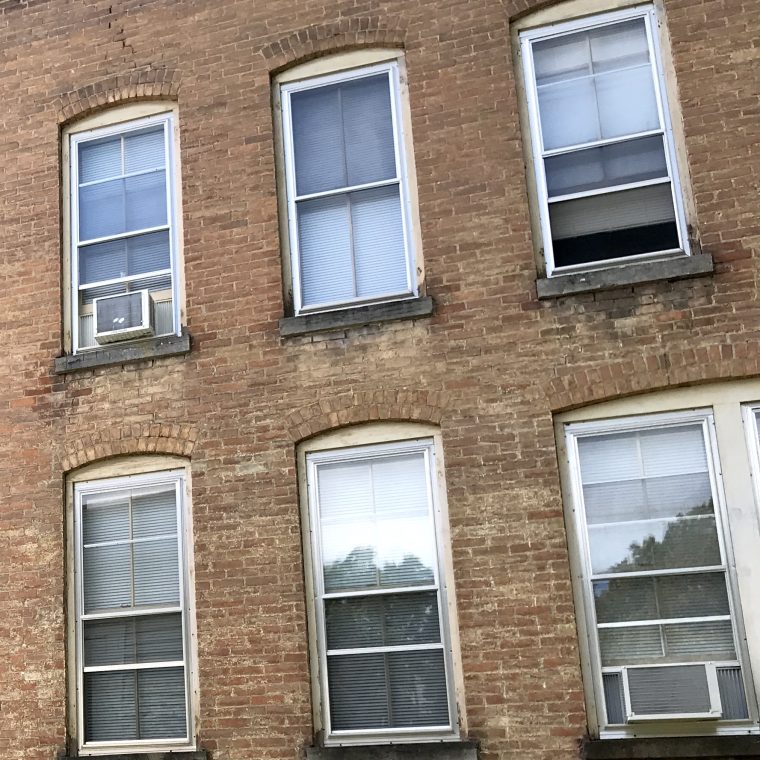Part 1 is here and provides some context. There’s also a good Twitter thread starting here.
There is, for me, no such thing as a blank slate when I investigate an existing structure. It’s not possible for me to start without some kind of assumption about how a building works because I have, over the years, developed the habit of looking for load paths when I look at any building. “Tic” might be a better word than habit, as I also do this when looking at furniture, piles of debris at demolition sites, and so on.
The first guess as to the structure of a building is often wrong. The more familiar a building type is, the more likely I am to get the basic structure right without having seen it all. Rowhouses are so structurally simple, and so similar from one city to the next, that they are an almost trivial example. But the various types of loft building in New York, from the early 19C buildings downtown to the cast-iron front buildings further north, to the steel-frame buildings of the early 20C, are a more interesting case. The use is fairly similar across some 120 years of NYC history, and the building size grew over time but not as dramatically as office buildings or hotels. So if I can identify the type, I have a mental image of the structure.
It’s more difficult when I’m away from home, and looking at buildings in a place where I don’t know the construction history. I have to work from engineering rather than history. What kind of loads was the building designed to carry? What technology was available when it was built? What evidence is there of the expectations for technology? Here’s a simple example of the last question: are regular-sized windows topped with flat metal lintels, brick jack-arches, stone arches (flat or curved) or something else? Jack-arch window heads were still being built long after steel angle lintels had come into use, and that can’t be explained by structural technology. It is, rather a personal decision on the part of individual builders about how they wanted to constructed walls.
The process I’ve described so far has no place in it for intuition, and intuition is where this discussion began. Using history or using structural technology is a form of pattern recognition, and that’s a logical process (more or less) not an intuitive one. Intuition enters in when there isn’t enough information to be logical…and that will be tomorrow’s post.



